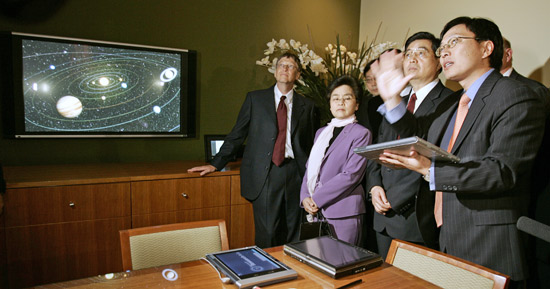Famous Hotel / Resort Spas Targeted for China

Willow Stream Spas
Asia is a Continent known for its diversity and contrast. It’s a culture that is continually adapting new trends, regarding health and wellness, technology, fashion, cosmetics, and engineering.
Whatever it may be, Asia has their finger on the pulse and are commonly topping the latest and greatest.
Asia has seen a surge of new developments in the hospitality industry, the symbiosis of Western customs and Eastern traditions are making countries like China the spot on everyone’s list.
Willow Stream Spas, the sanctuaries inside Fairmont Hotels & Resorts are one of the frontrunners driving this trend by bringing three brand new world class spas to China. Shanghai and Beijing debuted this year, and an additional new location has just been announced that is slated to open in late 2012 in Nanjing.
Asia-Pacific has the largest number of spas and hotels under development of any region in the world, with 77% of that regional hotel expansion in 2011 earmarked for China and India (56% and 21%, respectively).
Asian culture plays a huge role in today’s modern spa world incorporating many practices like yoga, shiatsu massage, Ayurvedic medicine, reflexology, acupuncture and many more into their services.
Some of the most famous hotel/resort spas brands have emerged from Asia. For instance, Willow Streams Spa at the Fairmont Peace Hotel combines Eastern and Western techniques in treatments, and draws inspiration not only from the region, but the hotel’s legacy and aspects of its original decor (more details can be found in the release pasted below).
With 64 hotels, Fairmont Peace Hotel are known as much for their warm, engaging service and culturally rich experiences, as its classic hotels that imbue a sense of heritage, sophistication and social importance and are often considered destinations in their own right.

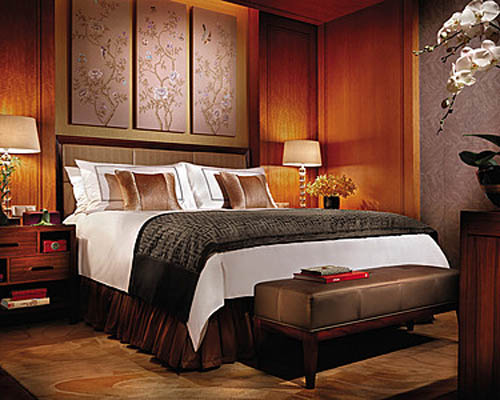
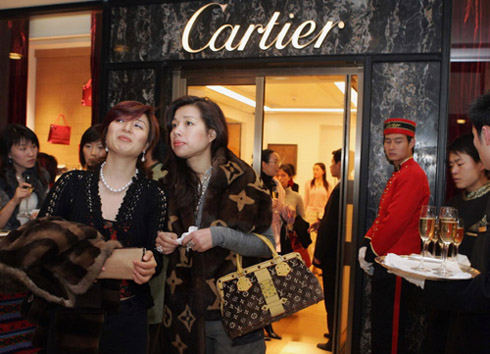

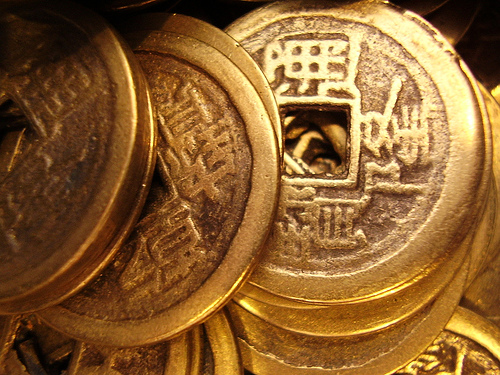
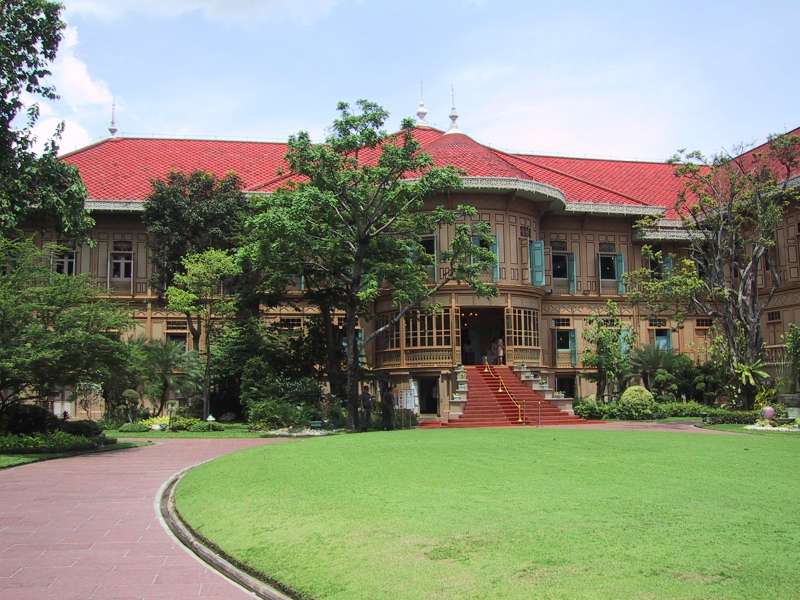

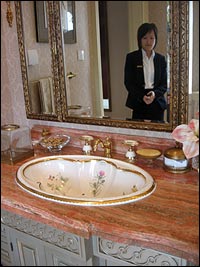 Mr. Jenkins says the new development will include hotels, golf courses and homes for about 20,000 people, stretching over 10 square miles, when it’s completed. “It’s like Vegas, Monte Carlo and Taos, all rolled into one,” he says.
Mr. Jenkins says the new development will include hotels, golf courses and homes for about 20,000 people, stretching over 10 square miles, when it’s completed. “It’s like Vegas, Monte Carlo and Taos, all rolled into one,” he says.
